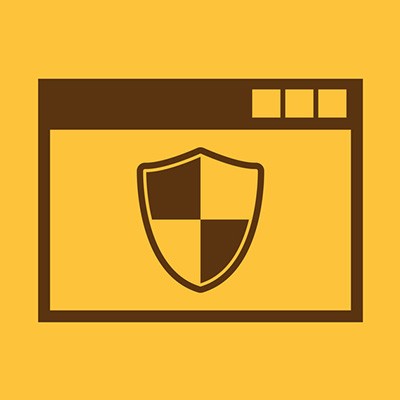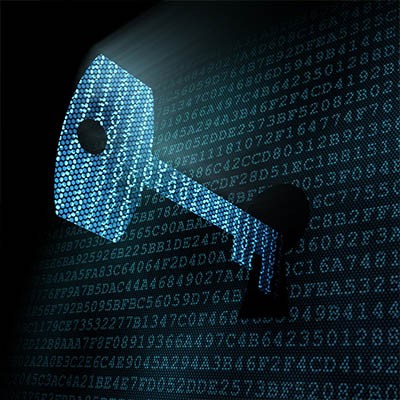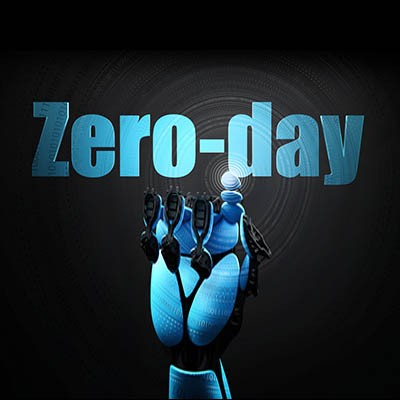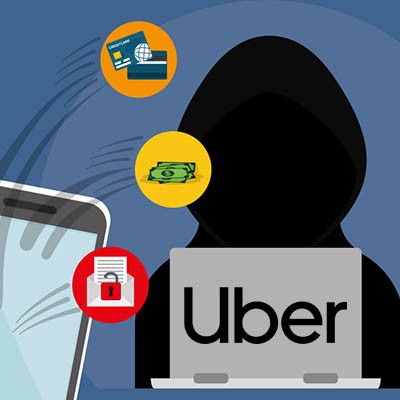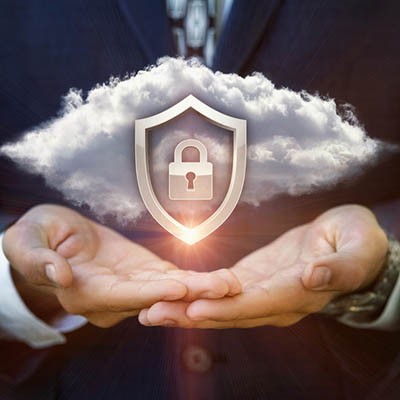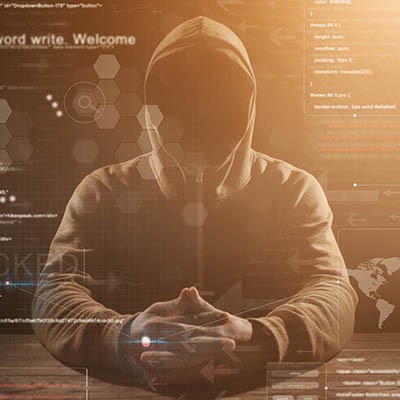SolutionOne Blog
Wireless Internet access for a user’s devices isn’t just a luxury these days--it’s expected. If the Wi-Fi drops out for any reason at all, chaos strikes, rendering any ability to stream content or access the Internet a moot point. This is particularly the case for businesses that have technology solutions reliant on wireless access. How can you make sure your wireless network is as strong and reliable as possible?
It can be easy, with all the threats covered in the news, to assume that the biggest dangers to your business all come from the outside. This is a dangerous mistake, as there are plenty of vulnerabilities that originate from within your organization, making it easier for outside threats to come in, if not being bigger threats in and of themselves. Below, we’ll review some of the biggest, mostly internal dangers that your business may face.
The cloud is such an important part of today’s business environment that most organizations use it to some extent, even if it’s just for basic storage needs. However, the cloud needs to be properly maintained, starting with the way you secure your cloud services. Take a moment to ask yourself if your cloud--whether it’s hosted on-site or by a provider--is safe and secure.
Windows 10 is the most utilized operating system on PCs today. As a result, Microsoft has made it a priority to take on some of today’s most prevalent threats. We’ll go through these security features based on the state of the computer’s usage to get a better idea of how much is done to improve your security.
The term “hacker” is possibly one of the best-known technology-related terms there is, thanks to popular culture. Properties like The Girl with the Dragon Tattoo and the Die Hard franchise have given the layman a distinct impression of what a hacker is. Unfortunately, this impression isn’t always accurate. Here, we’ll discuss what real-life hackers are like, and the different varieties there are.
